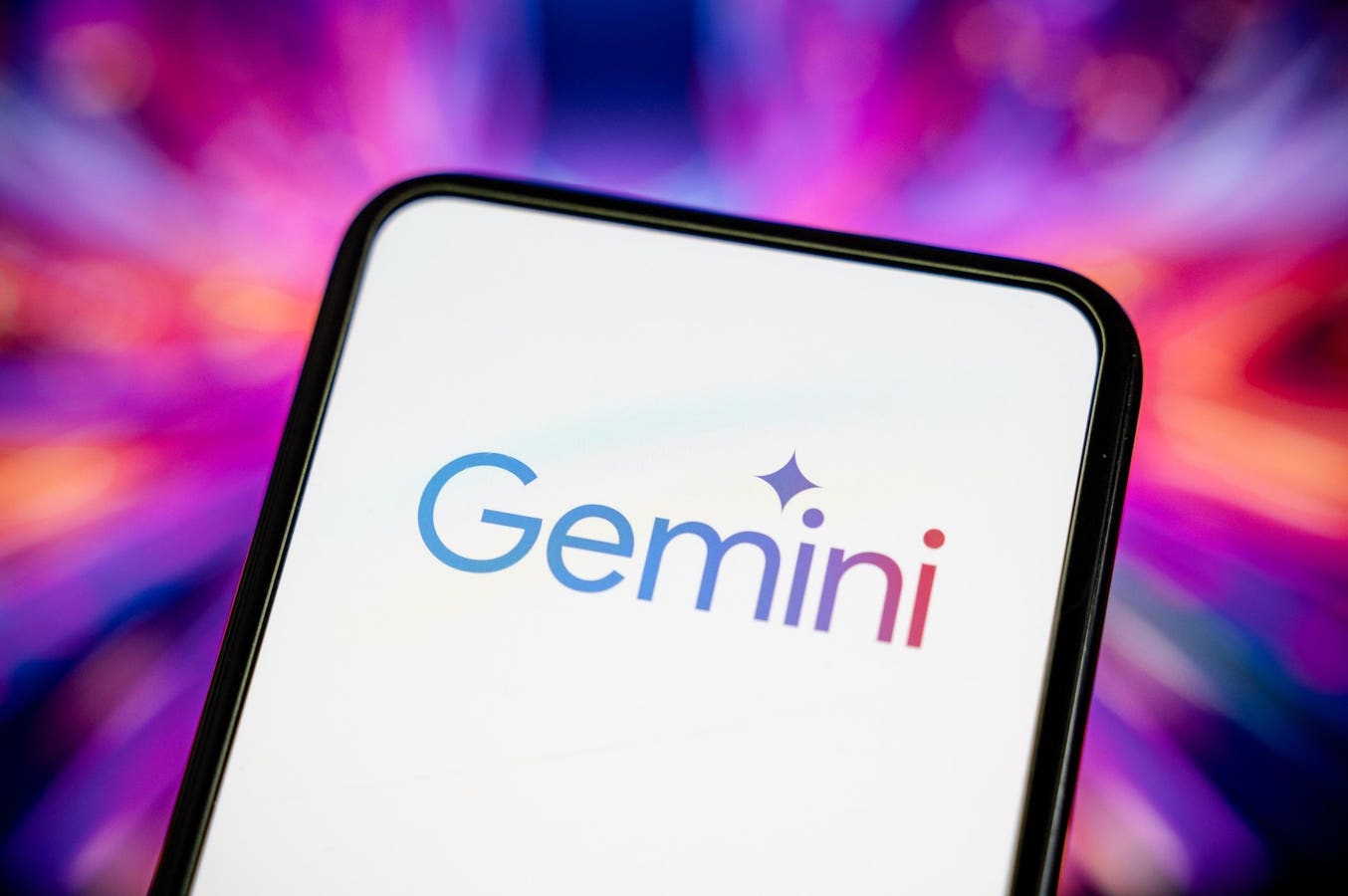This photograph taken on March 19, 2025 shows European flags outside the EU headquarters in … More
In less than a week from now, on June 28, 2025, the requirements of the European Accessibility Act come into force. The intention behind the EAA is to provide fair and equitable access to digital products to the more than 100 million consumers with disabilities living across the European Union.
One of the key things to keep in mind about the EEA is that it doesn’t just affect European companies. It applies to any organization from around the world selling into the EU market. It goes beyond standard web accessibility and e-commerce, incorporating areas such as computers and operating systems, smartphones, digital TV services, ATMS, ticketing machines and other digital kiosks within its remit. The legislation requires companies to do more than simply make digital products and content accessible. Instead, it seeks to embed accessibility commitments and best practices at a more fundamental organizational level through requirements like official accessibility statements and providing specialized training to staff.
Non-compliance with the EAA can lead to fines and ultimately the termination of EU market access.
The proximity of the deadline may for some be a cause for panic but cutting through the noise, here are what some digital accessibility specialists are urging organizations to keep in mind with less than a week to go:
It’s still not too late to get started
“It’s not too late to start addressing accessibility. Starting now is better than not doing anything about EAA compliance,” says Jon Avila, Chief Accessibility Officer at Level Access, one of the leading providers of digital accessibility services in the United States.
Avila continues, “For organizations just getting started, the most important steps to take now to mitigate risk are demonstrating that you’re taking action to make sustained progress, and beginning to put processes in place aligned with EAA requirements. One of the biggest gaps we observe is third-party content. Companies often assume that embedded tools or plugins are outside their responsibility, but under the EAA, they’re very much in scope. We recommend that organizations make accessibility a requirement during the procurement process and request documented proof of accessibility (e.g., a completed VPAT report) from vendors prior to making a purchase.”
Eric Portis, a Developer Evangelist at Cloudinary, a software company that helps organizations manage their visual content online, also agrees that it’s still not too late to get started with EAA compliance.
“The best time to consider the accessibility of a project was before you shipped it, but the second-best time is today. The Web Content Accessibility Guidelines are just a big checklist. And while checking every item off the list before June is not a realistic goal for many teams, everyone can start tackling an item or two and begin building momentum towards full compliance. All progress is good progress,” Portis says.
The AI landscape has changed
Back in 2020, when AI website accessibility overlay widgets hit the market, they were met with a degree of skepticism. That’s because the marketing claims were bold – buy a software subscription and let AI do its magic in both spotting and fixing accessibility fails, saving you time and money. It quickly became widely accepted that the technology was, in fact, nowhere near ready to entirely replace human oversight for accessibility remediation.
Fast forward five years, and the same remains true but the technology has undoubtedly gotten a lot better meaning that, though AI won’t solve all digital accessibility issues, it can now do a lot more of the heavy lifting which genuinely allows teams to focus more precisely on the more nuanced human elements related to user experience.
What this ultimately means for the market was recently brought into sharp relief in a report authored by AAAnow, leading digital compliance benchmarking specialists based in London.
AAAnow’s report looked at the websites of organizations comprising The Valuable 500, a collective of some of the most profitable companies on the planet with long-standing pledges to accessibility and inclusion, including the likes of Apple, Google and BP. According to the V500 scorecard, the average member organization manages around 178 websites, each comprising around 211 pages. To remediate accessibility on the average of 85% of pages where it is required would take 3,480 workdays, or 13 full-time staff working for a year (per org). In terms of cost, this equates to $767,000 per company just for initial compliance, let alone maintenance. Scaled across the full Valuable 500, that’s over $380 million and 9 years of full-time work at current capacity.
“We argue that only a risk-managed, AI-powered approach can address the scale, cost, and operational complexity. It’s not a ‘nice-to-have’ – it’s fundamental,” commented AAAnow CEO Lawrence Shaw in an earlier interview.
Regulation is not something to fear
Instinctively, when any type of new regulation comes into force, particularly one that potentially involves fines and other punitive measures, fear and trepidation tend to be the most common reactions off the bat.
Yet, it can be argued that brands should welcome the new regulations from the EU as they provide clarity and a roadmap into areas of technical compliance that have previously been murky.
In a recent company press release, Amit Borsok, CEO of Italy-based Accessiway, which takes an end-to-end approach to accessibility remediation involving both automation and human testers, said, “European regulations have shifted the narrative around accessibility from a compliance issue to a strategic investment. Until now, regulatory fragmentation across member states has prevented companies from fully capitalizing on this potential, increasing compliance costs and limiting competitiveness.
“Now, instead of being a hurdle, the new framework provides clarity that encourages companies to invest in accessible technologies and services to expand their market reach. For many organizations, accessibility has evolved from a nice-to-have to a competitive necessity. With regulation now offering predictability and standardization, uncertainty is reduced for investors, and new opportunities for innovation are unlocked.”
Though the word deadline usually implies finality, whether, as an organization, you are right at the start of your digital accessibility journey and anxiously playing catch-up, or significantly further down the line, June 28 will surely be the opening of a new chapter for all involved. The story about to unfold will be one of whether human intention layered onto ever more advanced technology can ultimately help make access to the digital realm an equitable experience for everyone.









